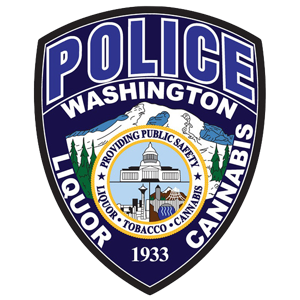Deliberative Dialogue is a method to facilitate participant engagement in policy discussion that can be adapted to a variety of issues and to both stakeholder and citizen processes. "Dialogue" is about creating meaning together, finding a shared understanding of an issue, and discovering what values are most important in resolving it. Dialogue is often open-ended, focused more on increasing understanding and developing relationships than on reaching an agreement. "Deliberation," on the other hand, emphasizes the importance of examining options and trade-offs so people can make informed public decisions.
Invitation to Continued Discussion on Evaluating THC compounds: What is and is not “impairing”?
June 21 session continues focus on Delta 8 and other unregulated cannabinoids
The public and the cannabis industry are invited to a June 21, 2022 discussion to help shape future policy and rules related to how LCB and state law will define what are “impairing” and “non-impairing” THC compounds and cannabinoids.
Background: Since early 2021, new unregulated cannabinoid products that may be “impairing” (other than delta-9 THC) began being sold online and in stores across the nation. This raised questions nationwide about the legality and possible health impacts of these new products, being sold without age-restriction or regulation. A year ago, the LCB Board issued Policy Statement Number PS-21-01 about THC compounds. In January 2022, the Board adopted a new rule section, WAC 314-55-560 that allows the Board to evaluate additives, solvents, ingredients or compounds used in the production of cannabis products.
During the 2022 legislative session, bills introduced to address concerns about the regulation of these emerging products did not advance to passage. The LCB continues to gather information to inform future policy and rule development within the agency’s current statutory authority.
from the event announcement (June 7, 2022)
Panelists
- Beatriz Carlini, University of Washington Addictions, Drug, and Alcohol Institute (UW ADAI) Research Scientist
- Steve Freng, Washington Association for Substance Abuse and Violence Prevention (WASAVP) Board Member and former Northwest High Intensity Drug Trafficking Area (NW HIDTA) Prevention/Treatment Manager
- Gillian Schauer, Cannabis Regulators Association (CANNRA) Executive Director
